
Eristalis intricaria is a European species of hoverfly. It is a furry bee mimic, superficially resembling Merodon, though Merodon have all black leg tibiae, as opposed to partly yellow. E. intricaria is somewhat variable in colour pattern, and some attempts at naming varieties have been tentatively made. Flight time of adults in the UK are from March to September. It is generally widespread, but is seldom seen in large numbers. Habitat is woodland or marshland.
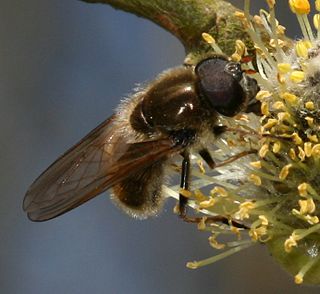
Cheilosia albipila is a European and Palearctic species of hoverfly. Like most Cheilosia it is black, and because of this may often be overlooked as a hoverfly. It is little recorded but probably widespread and common and maybe overlooked because adult flight periods are early in the year, before many hoverfly recorders are active.
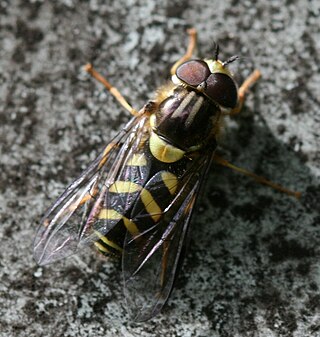
Dasysyrphus albostriatus is a Palearctic species of hoverfly.
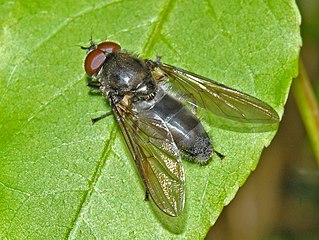
Cheilosia variabilis, common name figwort cheilosia, is a species of hoverfly belonging to the family Syrphidae.

Sericomyia lappona, is a species of hoverfly. It is widespread throughout the Palearctic.
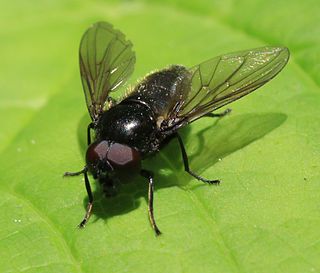
Cheilosia vicina is a hoverfly species found in the Palearctic.

Epistrophe grossulariae is a Holarctic species of hoverfly.

Cheilosia albitarsis is an abundant European species of hoverfly. Adults can be found in spring visiting buttercup flowers and this plant is also the larval hostplant.

Cheilosia latifrons is a species of 'flower flies' or hoverflies belonging to the family Syrphidae subfamily Eristalinae.

Epistrophe nitidicollis is a European and North American species of hoverfly.
Cheilosia ahenea is a Palearctic species of hoverfly.

Cheilosia antiqua is a European species of hoverfly.

Xylota abiens is a European species of hoverfly.
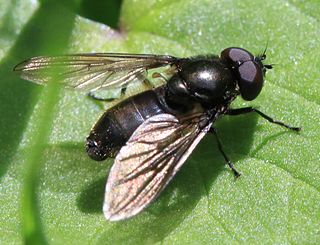
Cheilosia pubera is a Palearctic hoverfly.
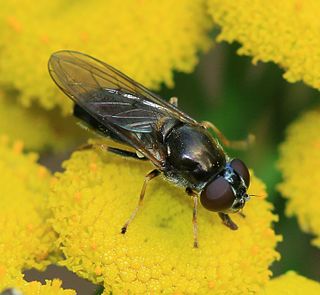
Cheilosia scutellata is a Palearctic hoverfly.
Cheilosia velutina is a Palearctic hoverfly.
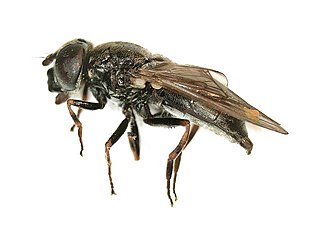
Cheilosia cynocephala is a Palearctic species of hoverfly.
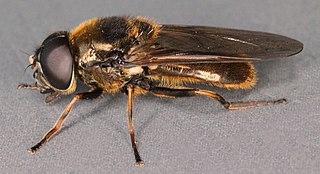
Cheilosia fraterna is a Palearctic hoverfly.
Cheilosia lasiopa is a Palearctic hoverfly. This species was previously misidentified as Cheilosia honesta.

Cheilosia vulpina is a Palearctic hoverfly.
















